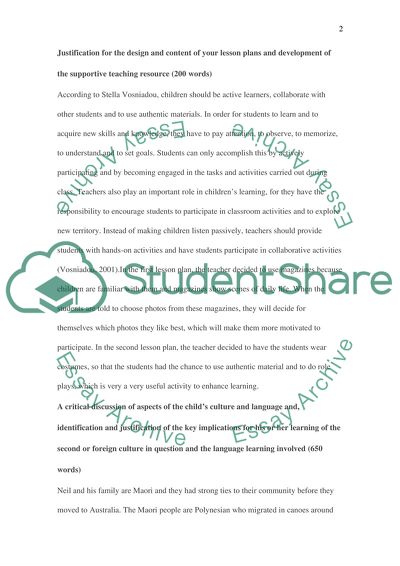Cite this document
(Cross Cultural Communication in Early Childhood Education Admission/Application Essay, n.d.)
Cross Cultural Communication in Early Childhood Education Admission/Application Essay. https://studentshare.org/psychology/1724332-cross-cultural-communication-in-early-childhood-education
Cross Cultural Communication in Early Childhood Education Admission/Application Essay. https://studentshare.org/psychology/1724332-cross-cultural-communication-in-early-childhood-education
(Cross Cultural Communication in Early Childhood Education Admission/Application Essay)
Cross Cultural Communication in Early Childhood Education Admission/Application Essay. https://studentshare.org/psychology/1724332-cross-cultural-communication-in-early-childhood-education.
Cross Cultural Communication in Early Childhood Education Admission/Application Essay. https://studentshare.org/psychology/1724332-cross-cultural-communication-in-early-childhood-education.
“Cross Cultural Communication in Early Childhood Education Admission/Application Essay”. https://studentshare.org/psychology/1724332-cross-cultural-communication-in-early-childhood-education.


